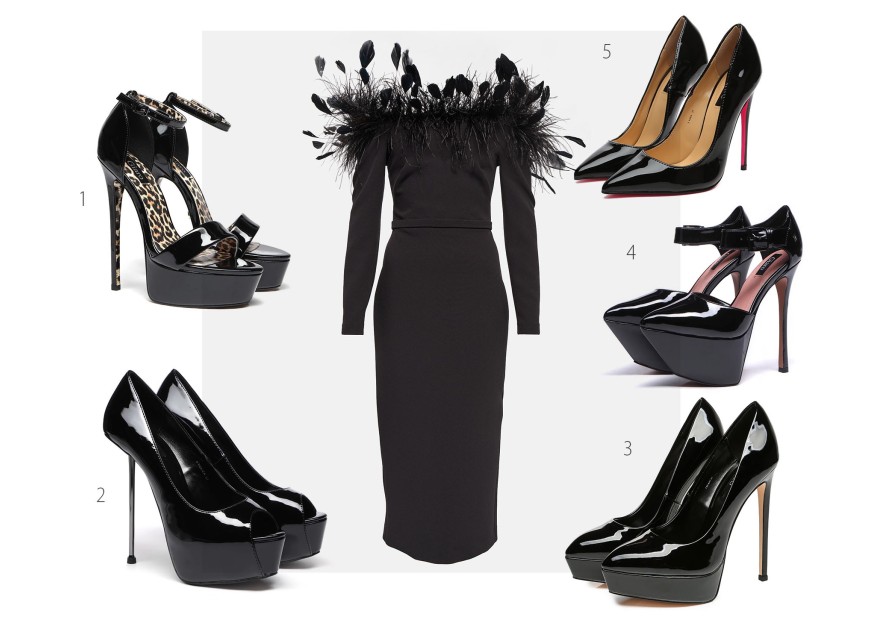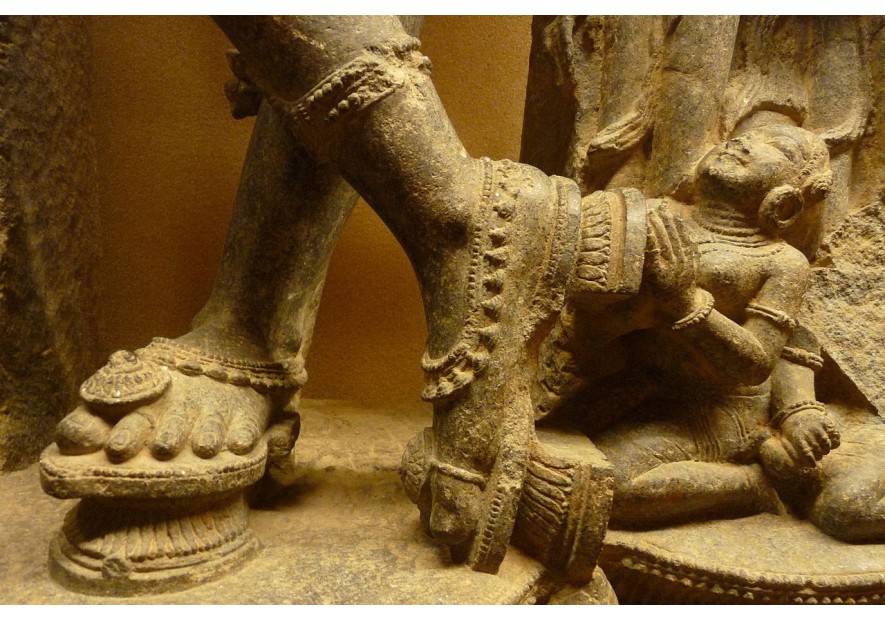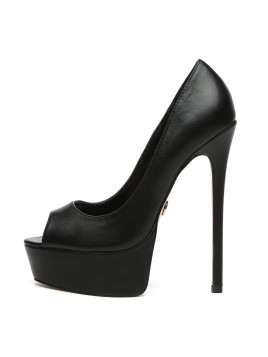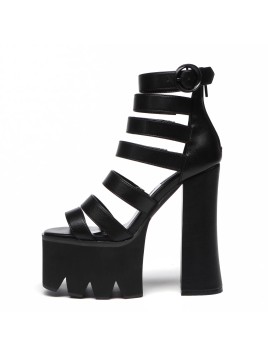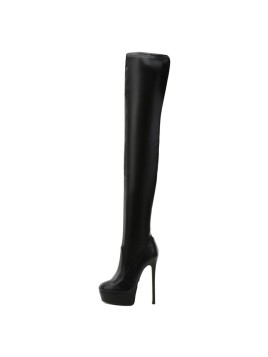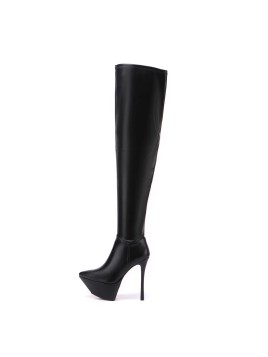History of heeled shoes - how did their design and popularity change over the years?
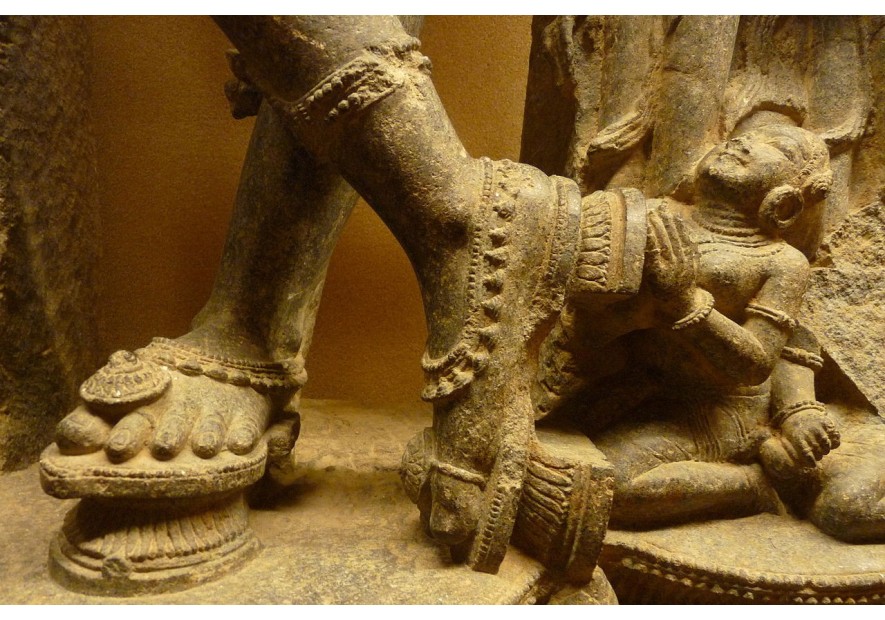
Heeled shoes are some of the most distinctive elements of a woman's closet. They are a symbol of femininity and elegance, as well as a practical solution to lengthen the legs and emphasize the silhouette. But how has their design and popularity changed over the years?
The origins of heeled shoes date back to ancient Egypt, where women wore shoes with wooden heels to avoid mud and sand on the streets. At that time, heels were very high, but not very comfortable - women had to show a lot of dexterity to get around the city. In ancient Rome, heeled shoes were worn by both men and women, but in this case heels were more practical.
In the Middle Ages, heeled shoes began to be worn by women from the upper classes, which emphasized their status. The first mention of heeled shoes dates back to the 14th century, when shoes with very high heels, reaching up to 70 centimeters, became popular! They were intended to protect against mud, but also emphasized a woman's delicacy and elegance.

Velvet-covered Chopines 1580 - 1620. A chopine in the Italian style, from the Bata Shoe museum. This particular piece is covered with velvet, metal studs, and gilt and silver lace and braid.
As time passed, the popularity of heeled shoes changed. In the 17th century, they were already slightly lower, but still high and decorated with sequins, pearls or lace. In the 18th century, the fashion for heeled shoes died out, and was replaced by the fashion for flat shoes, which were more practical and comfortable when walking.
They gained popularity again in the 19th century, when women's outfits became tighter and more favorable to the figure. Heeled shoes were lower by then, but still decorated with beautiful fabrics and accessories. In the 20th century, heeled shoes have already become not only a symbol of elegance, but also of comfort and convenience.
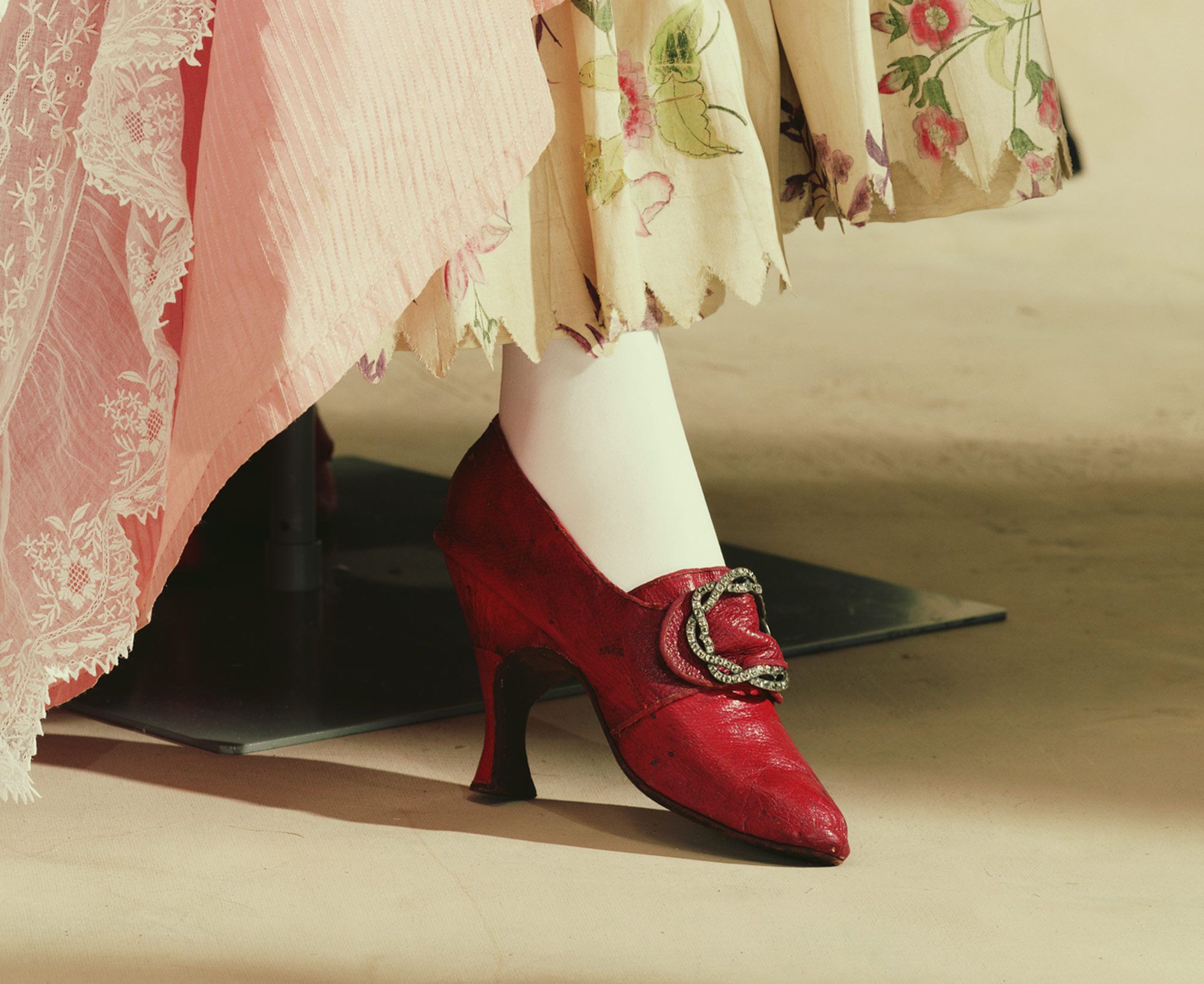
In the 1920s and 1930s, heeled shoes were very popular, but no longer as high as in previous centuries. Oxford shoes with a low heel became fashionable, but also shoes with a post heel. In the 1950s, heeled shoes returned to salons, but this time in the form of the classic stiletto.

Nancy Sinatra is an American singer and actress. In 1966, she launched her biggest hit "These Boots Are Made for Walkin'," for whose music video she wore high boots and a short dress, creating a new fashion trend.
In the 1960s and 1970s, heeled shoes began to be designed more creatively, and fashion began to be more casual and relaxed. During this time, boots on platforms became popular, which were very comfortable and easy to wear. In the 1980s, heeled shoes became even more daring and eccentric, and designers began to experiment with shapes and colors.
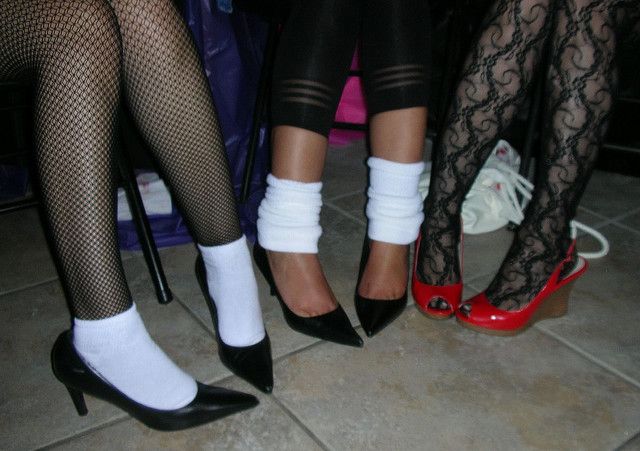
In the 1990s, the fashion for heeled shoes faded somewhat, but returned with even greater force in the 21st century. Today, heeled shoes are not only a symbol of femininity and elegance, but also a part of street and casual fashion. Designers create heeled shoes in different shapes, sizes and colors to meet the expectations of every woman.
There are different types of heeled shoes, such as stilettos, platforms, wedges, lace-up shoes, boots, sandals and many others. They all have their own unique features and are designed for different styles and occasions.

Iconic Lady Gaga, American singer, songwriter, actress and a fan of platform high heels shoes
Heeled shoes can be worn with an elegant dress, as well as with pants or jeans. They are an important styling element that helps to emphasize the silhouette and add femininity.
In conclusion, heeled shoes are an important element of the closet that has symbolized femininity and elegance for centuries. They have changed over the years, becoming more comfortable and creatively designed. Today, heeled shoes are not only a symbol of elegance, but also a part of street and casual fashion!



